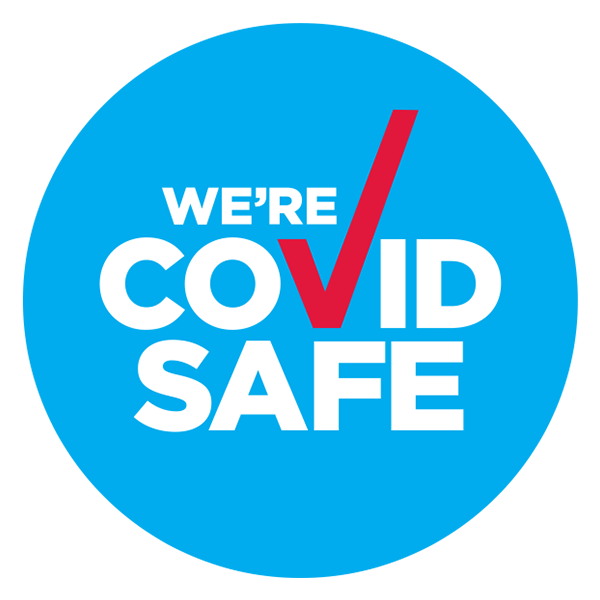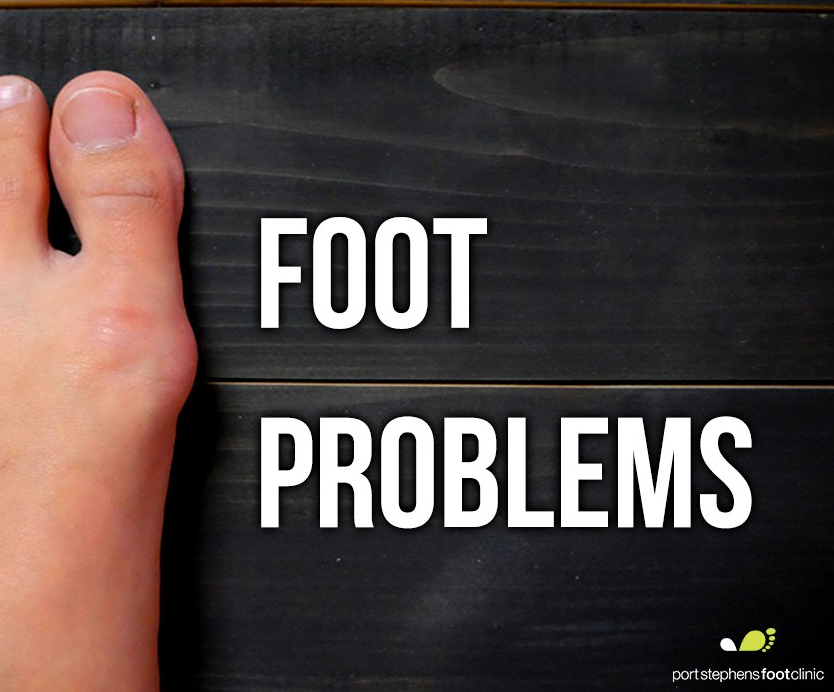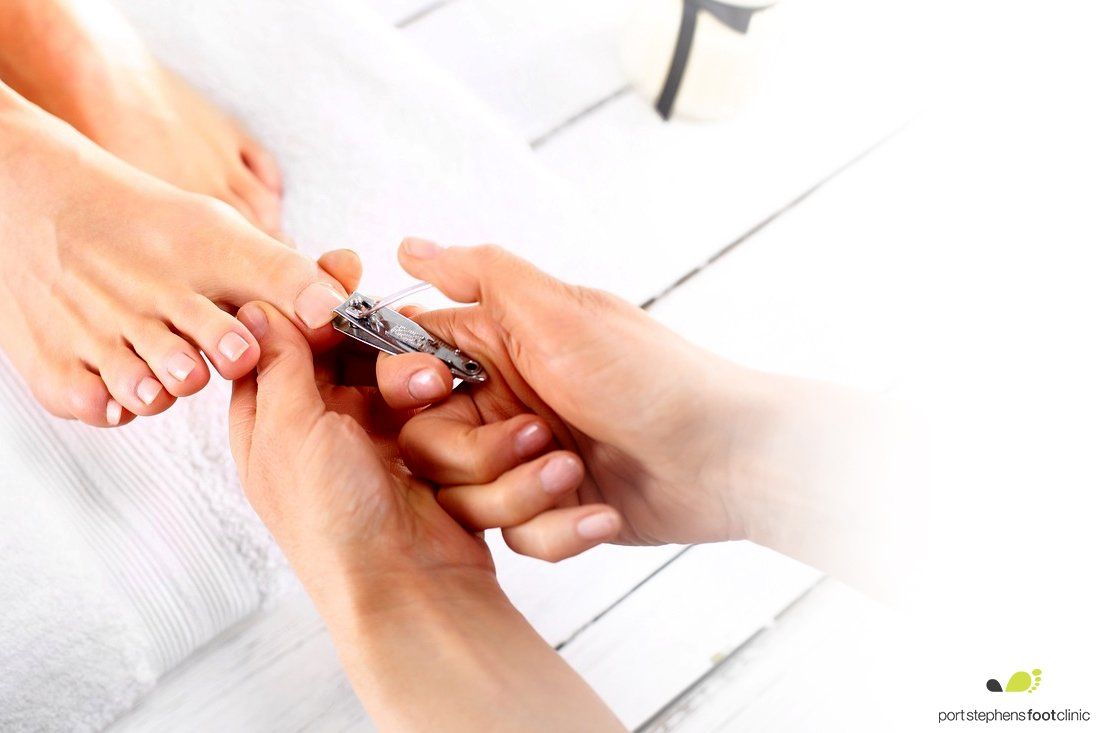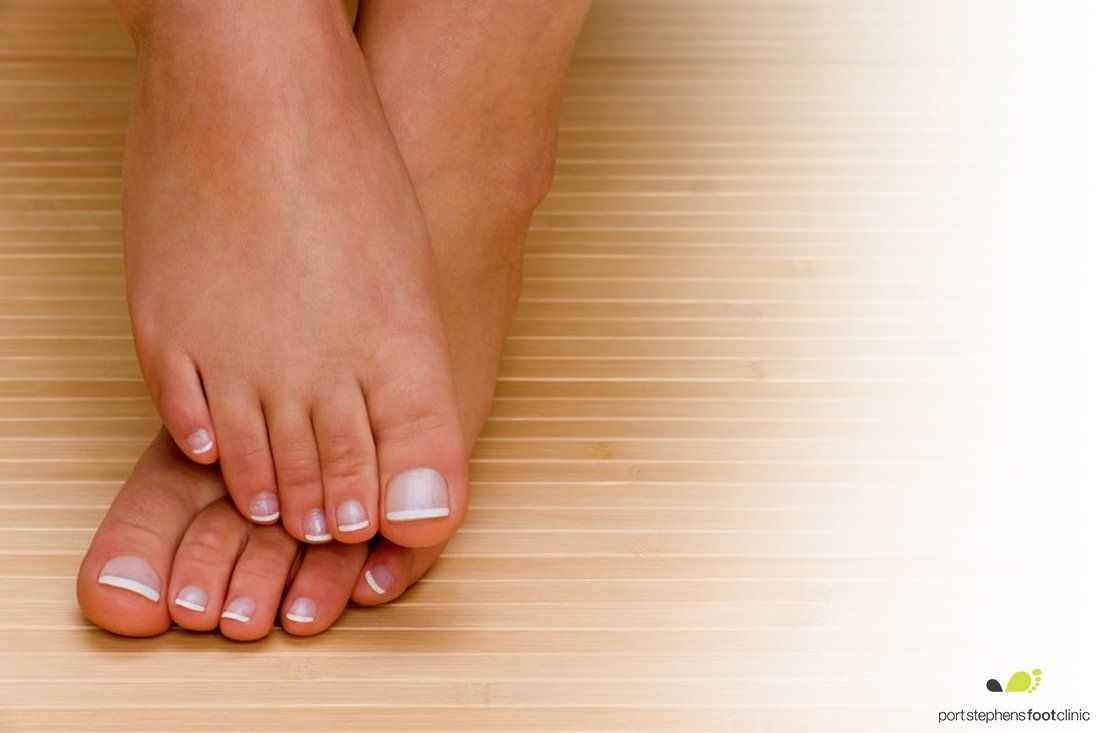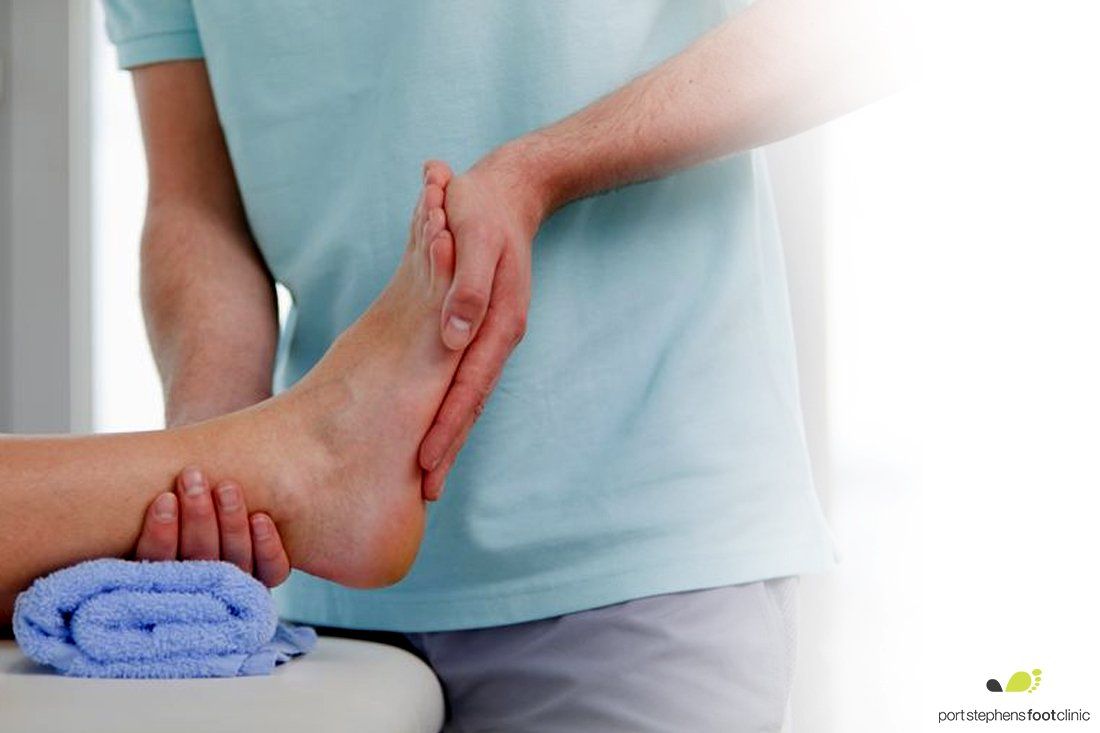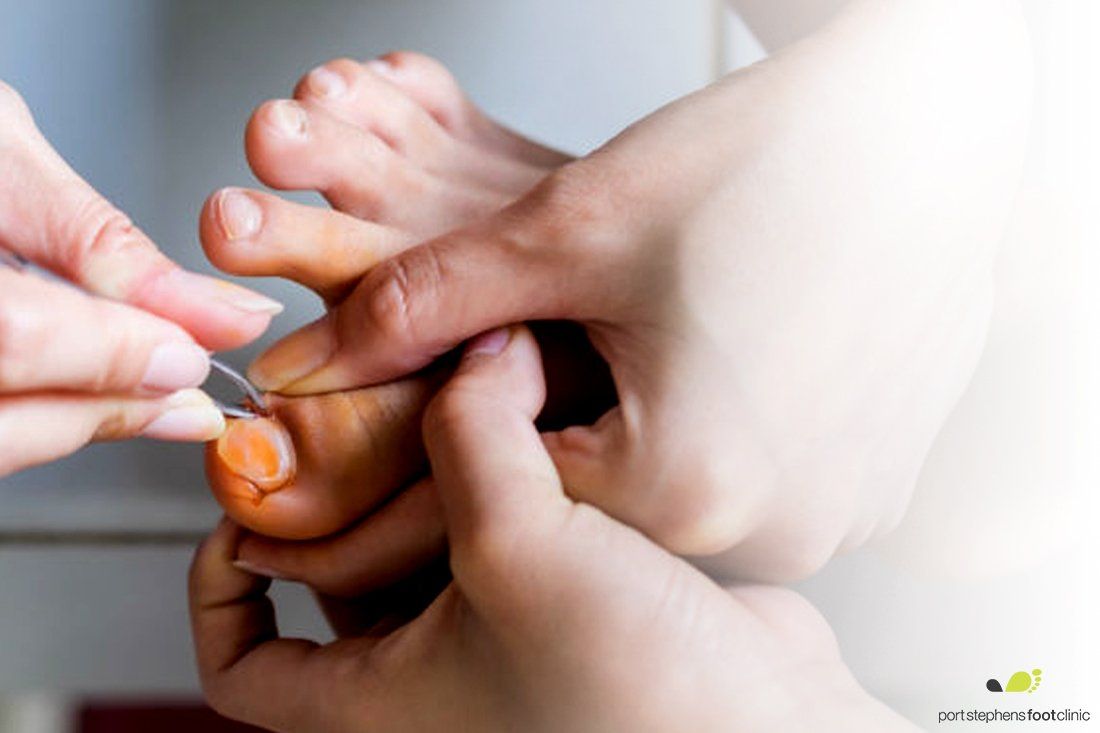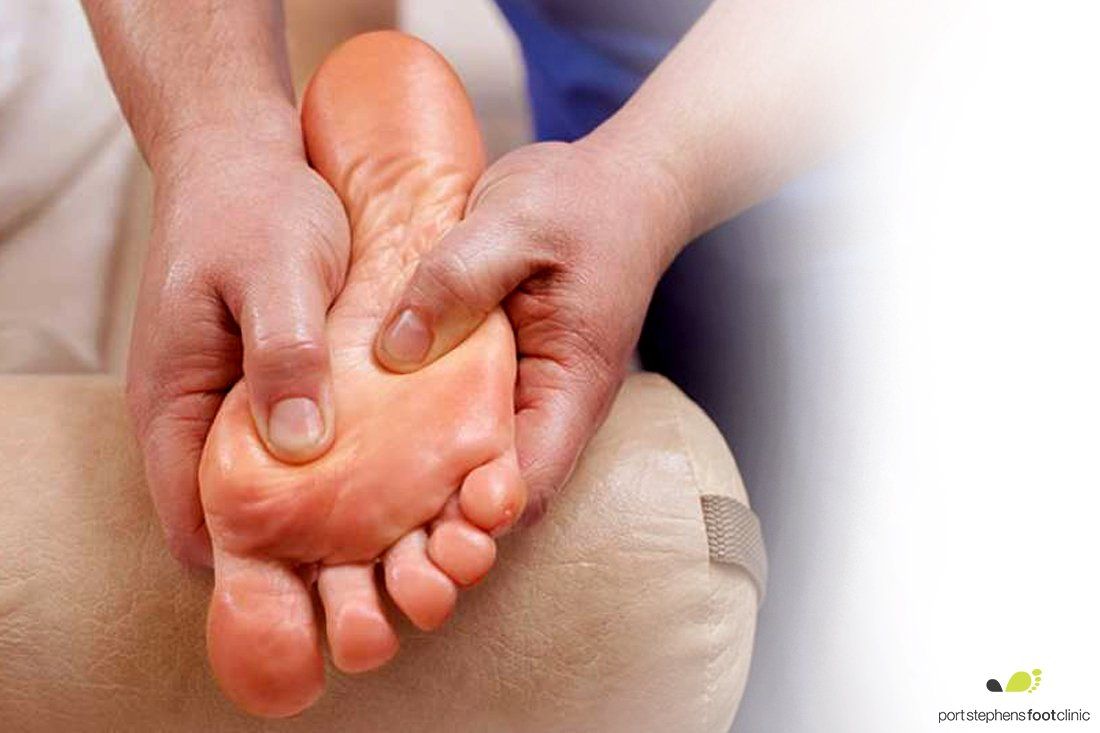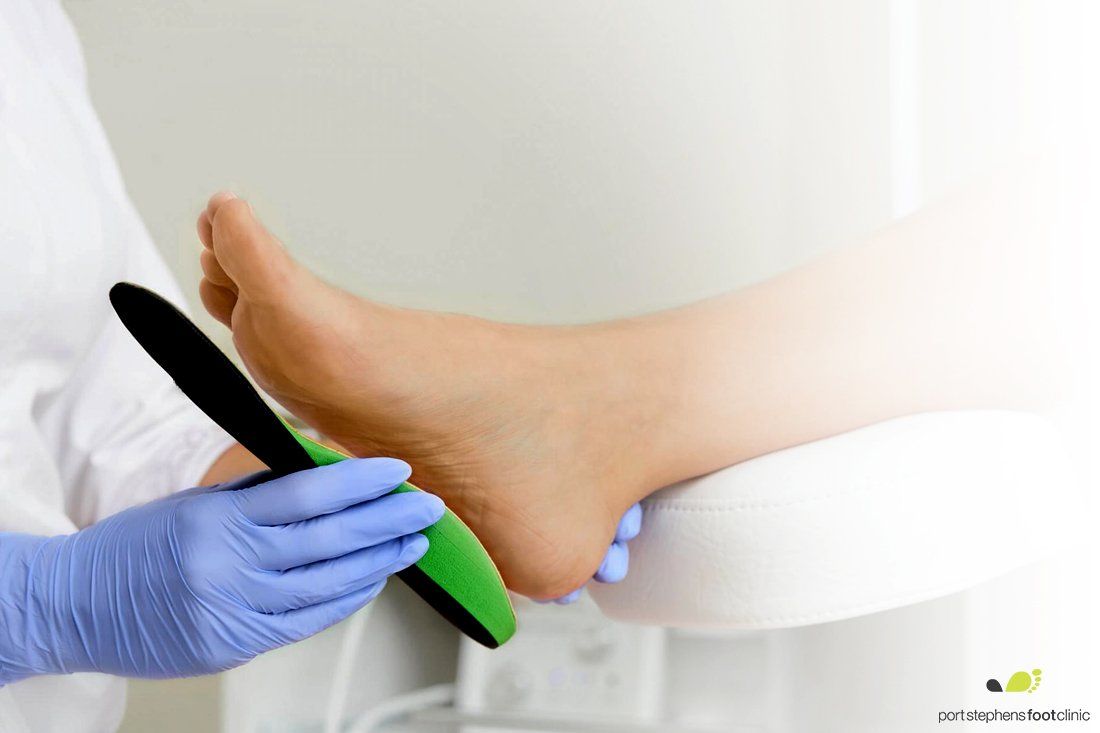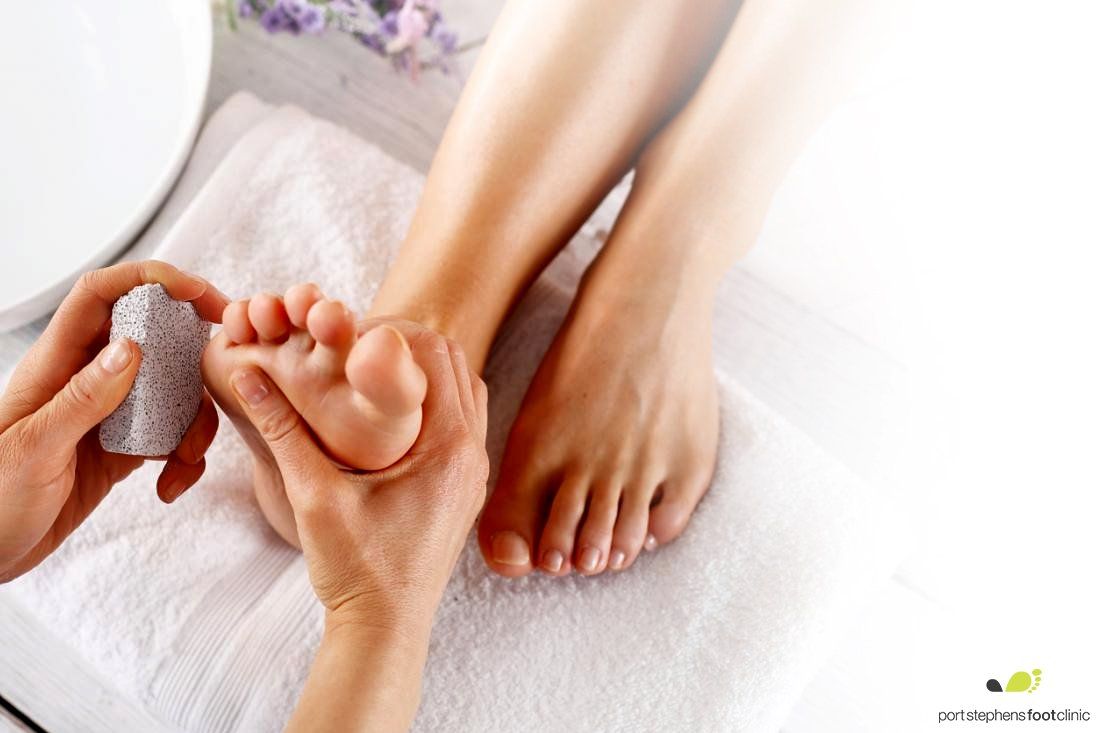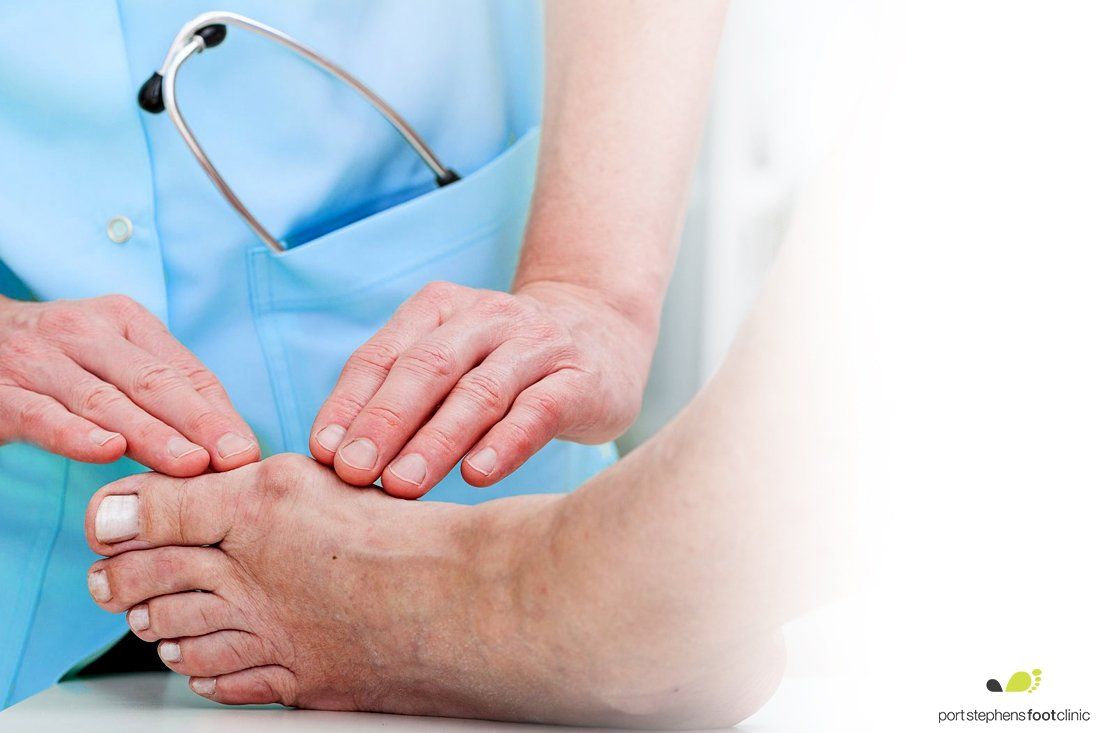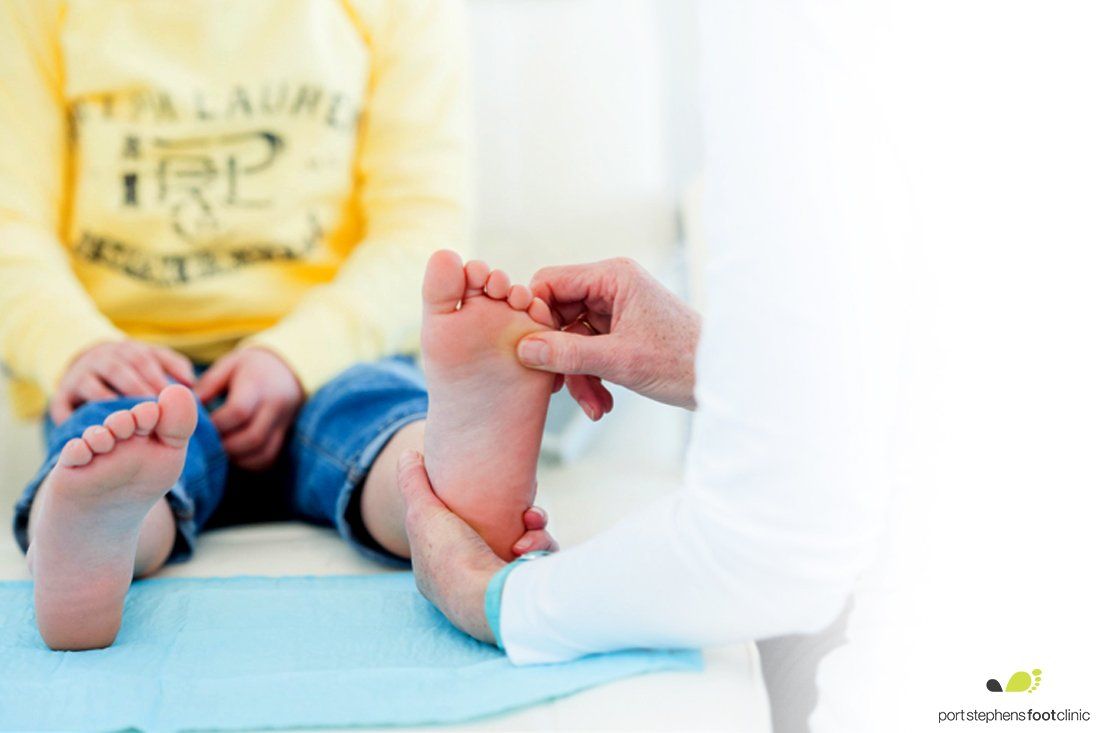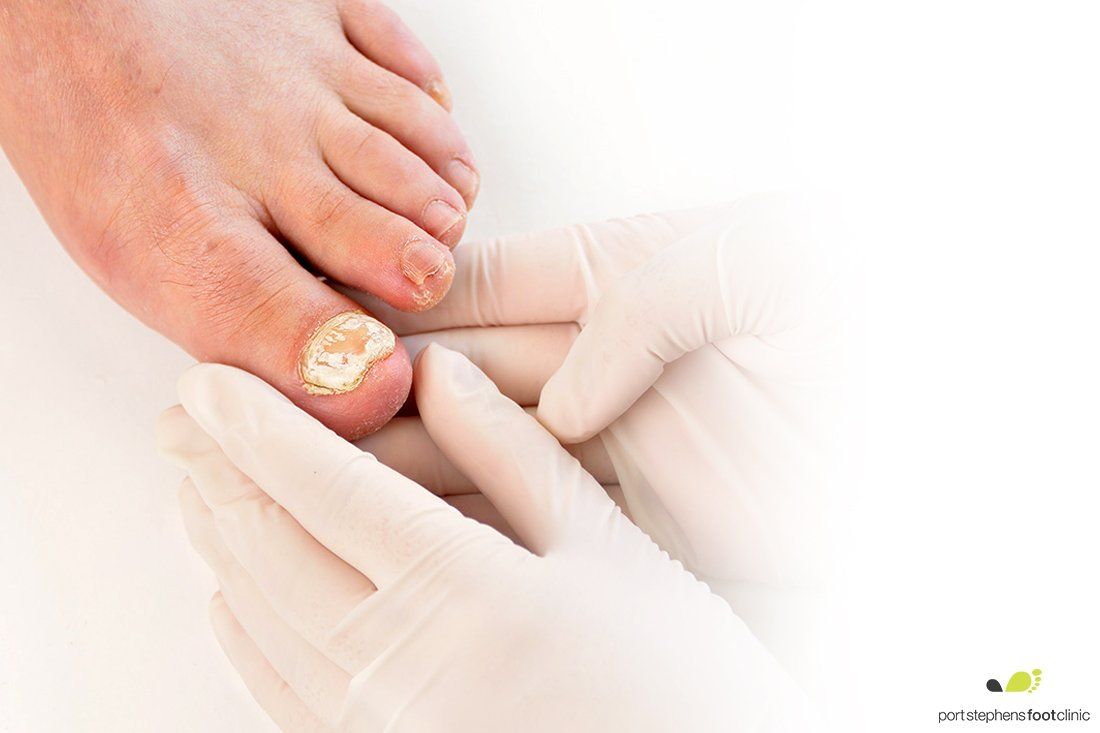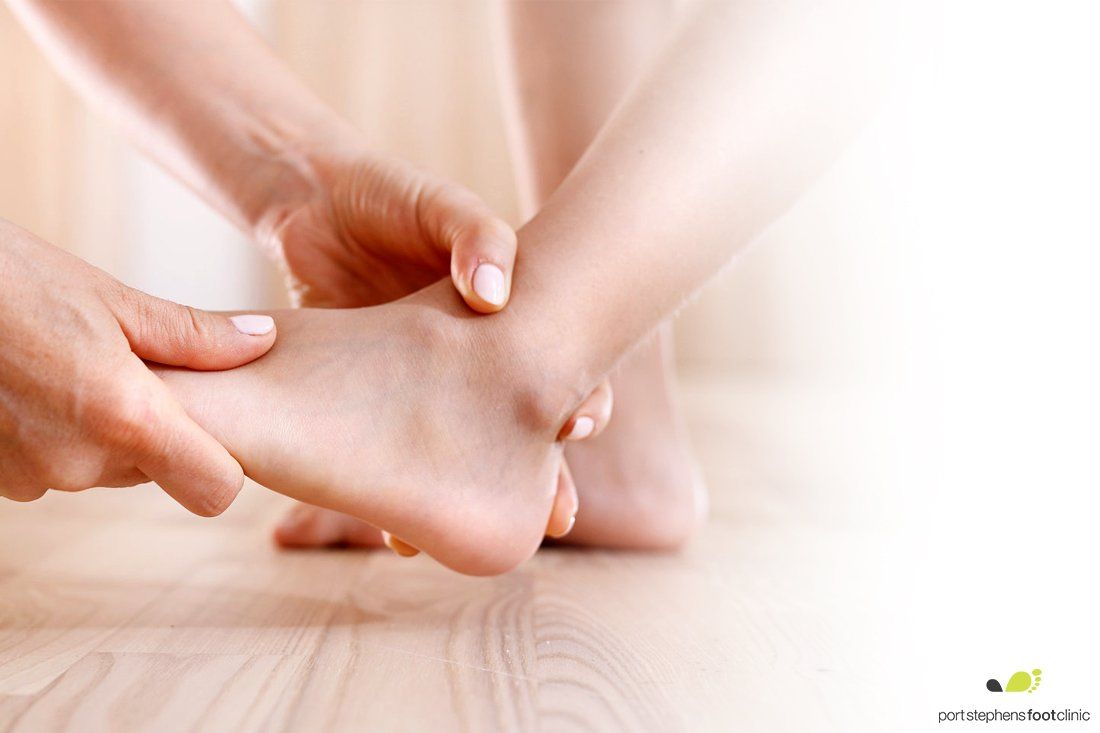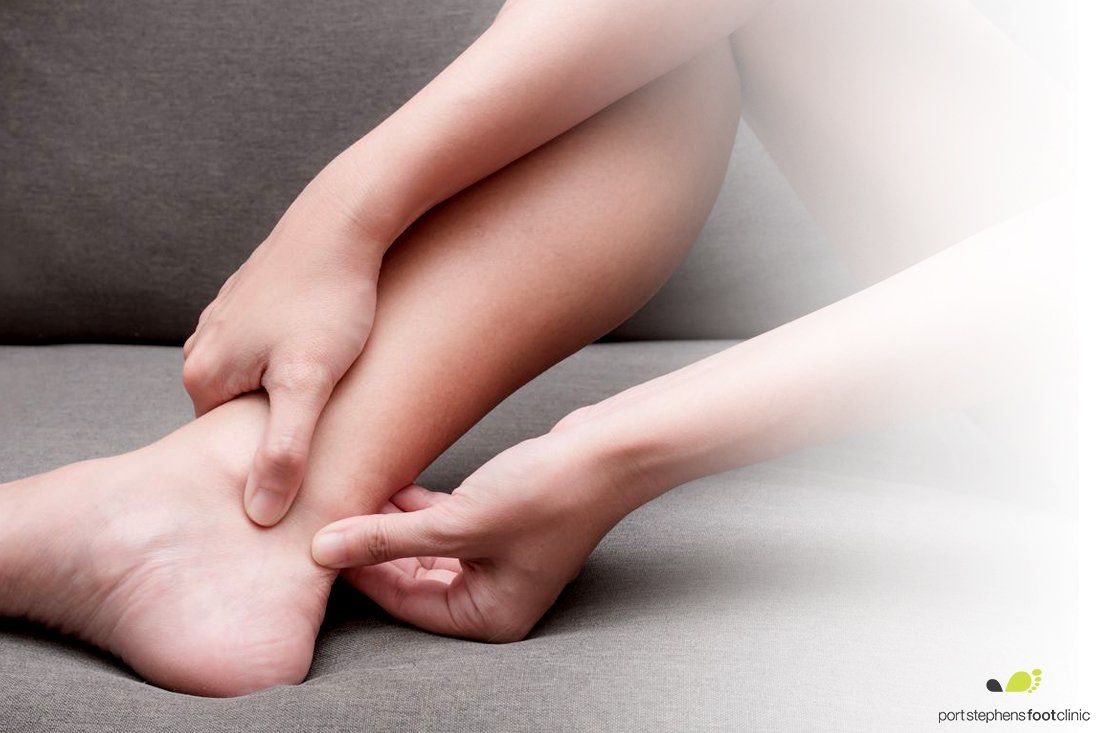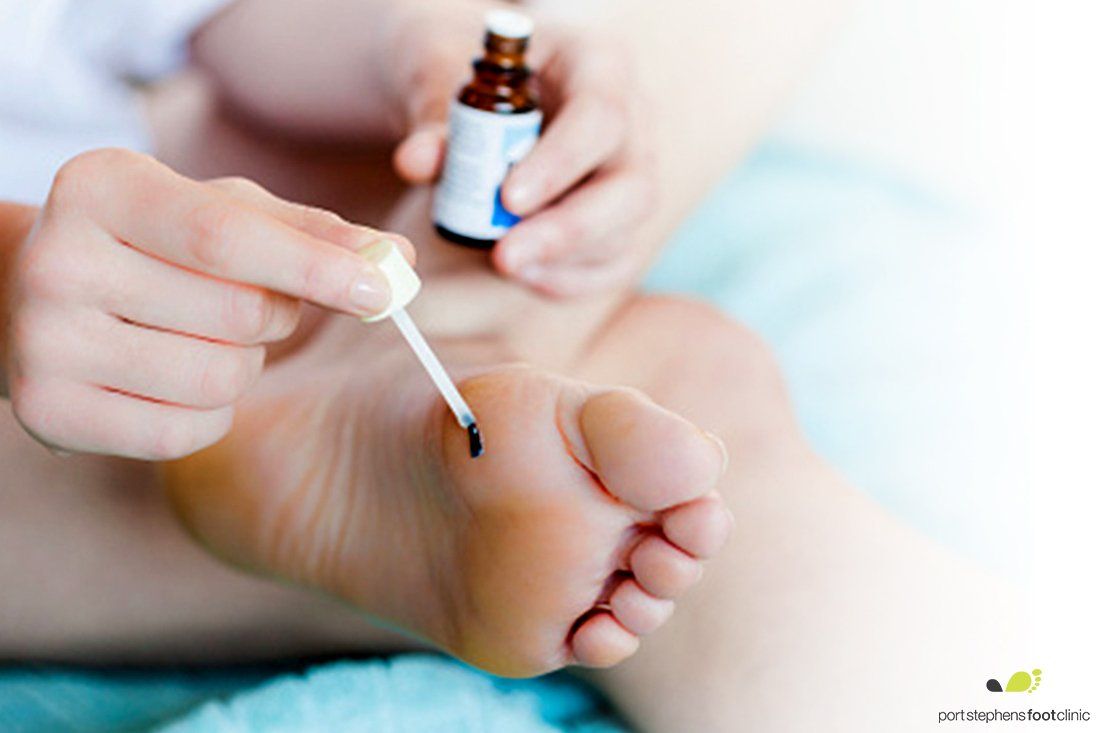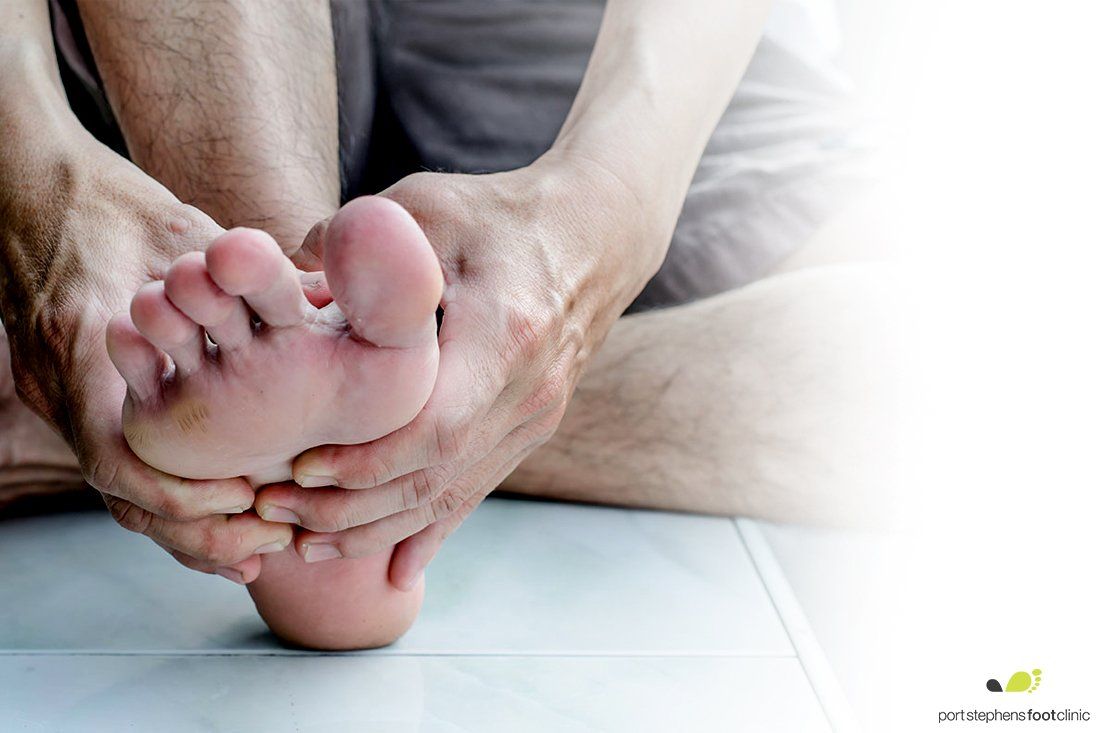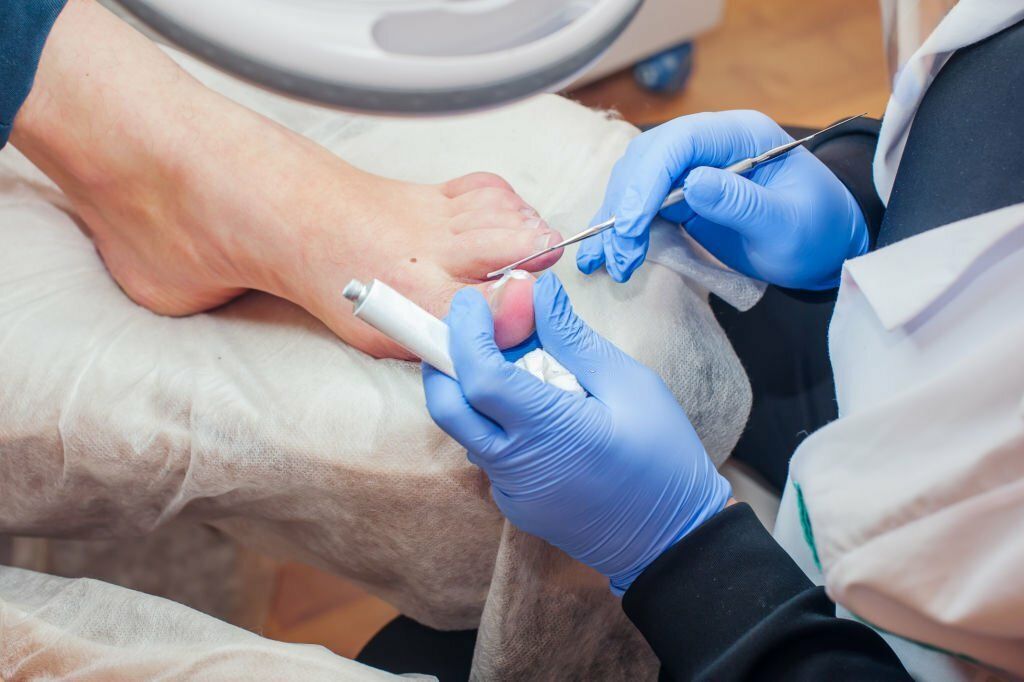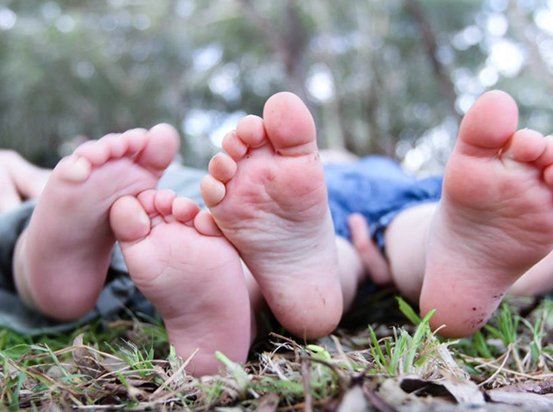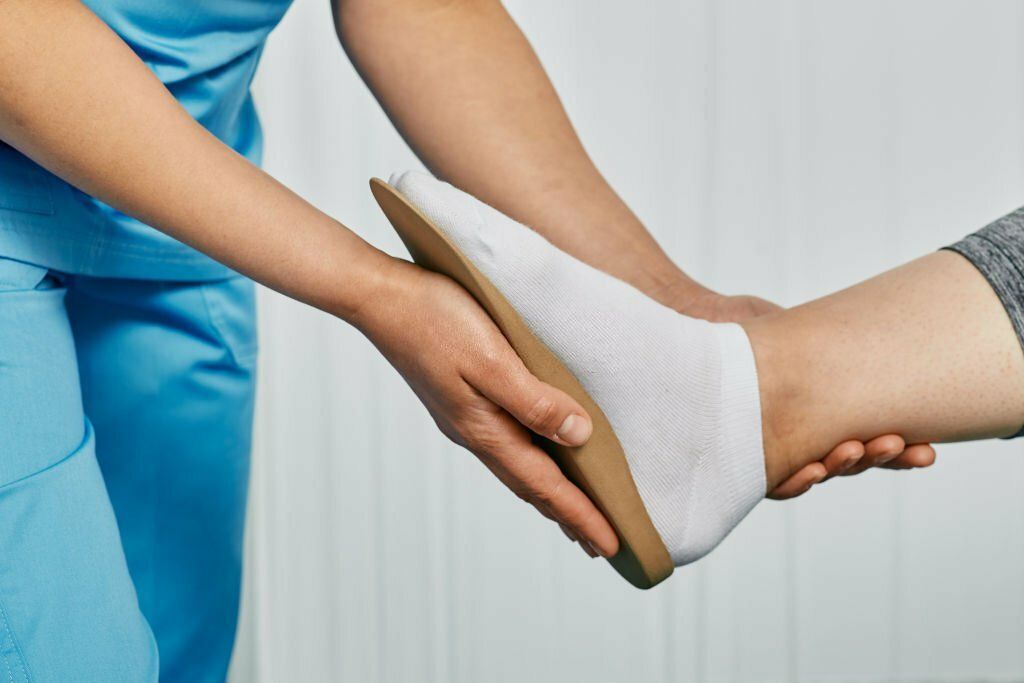Corns and Callus
Corns and calluses are created by pressure. This can be pressure from abnormal biomechanics or ill fitting footwear. We can address these by debriding, or paring back the affected area. This is completely pain free. We can also look at more long term options like footwear assessment and addressing any biomechanical abnormalities.
Dealing with any type of foot problem can be incredibly frustrating. We rely on our feet to get around. Without good feet, we struggle to accomplish all the things we need to do in a day. At the very least, we will be in pain or discomfort doing them. Some foot conditions are more uncomfortable than others, but even the ones that don’t cause pain still need the attention of a podiatrist. Two common conditions of the feet are corns and calluses. These problems are similar, but they have unique differences.
Corns
What Are Corns?
Corns are small, hardened layers of skin on the foot. They are usually circular in shape and often have a hard Centre or core. They result from friction rubbing against your foot from ill-fitting shoes. However, they are sometimes caused by an injury to the foot as well. Corns normally are on the sides of the foot or toes, but sometimes they can develop in between the toes.
How Do Corns Impact the Feet?
Corns are painful, especially if you touch them or your shoe is rubbing against them. Therefore, it can become difficult to walk comfortably because the corn is being irritated.
Symptoms and Risks
You may notice these symptoms with corns:
- Thick skin on the foot or toe
- Yellowing of the skin
- Hard, upraised bump
- Tenderness and pain when touched
- Pain when wearing shoes
Corns are a risk for infection and are especially concerning for people with diabetes.
How We Can Help Treat It
Your podiatrist can safely treat the affected area by debriding the area and removing the hardened skin. This is a pain-free procedure and will eliminate your discomfort when wearing shoes. In addition, the podiatrist can help you resolve any long-term issues you are having with your footwear by assessing your situation and making recommendations.
When to See a Podiatrist
If you are experiencing any pain or discomfort, you should check with a podiatrist right away. Also, if a corn is in the beginning stages of development, you can get it taken care of before it starts to cause a problem.
Calluses
What Are Calluses?
Calluses are normally larger than a corn, but they are also a section of skin that has hardened due to friction or irritation. Calluses don’t look as round as a corn and can take on a different shape. They are also generally painless.
How Do Calluses Impact the Feet?
Even though calluses are not painful like corns, they can become infected over time. This can be a risk factor for people with diabetes.
Symptoms and Risks
- Yellowish pale colour
- Lumpy texture
- Skin is thick
- Not as sensitive to touch
- Undefined edges
You may have an increased risk of getting calluses if you have other foot issues, such as bunions or hammertoes. Also, not wearing the proper footwear will have a bearing on the issue.
How We Can Help Treat It
A podiatrist will treat a callus in the same manner as a corn, thereby reducing any risks to your feet.
Next Steps
It’s important to consult with a podiatrist regularly if you are prone to getting corns or calluses so they can ensure your feet have optimal health.
Contact Port Stephens Foot Clinic for an appointment today.

